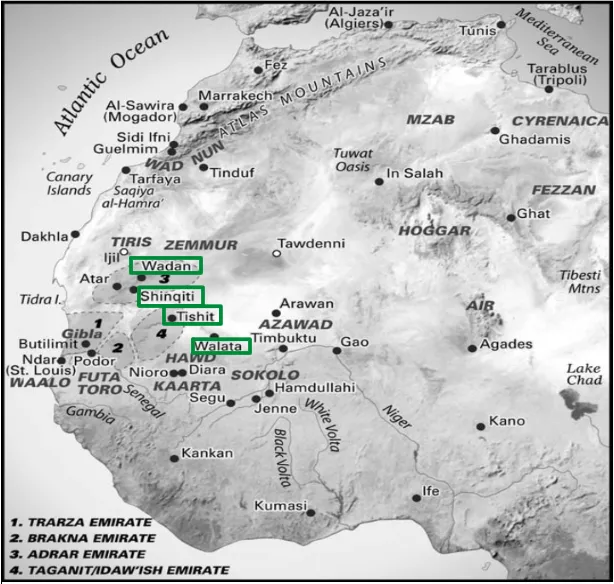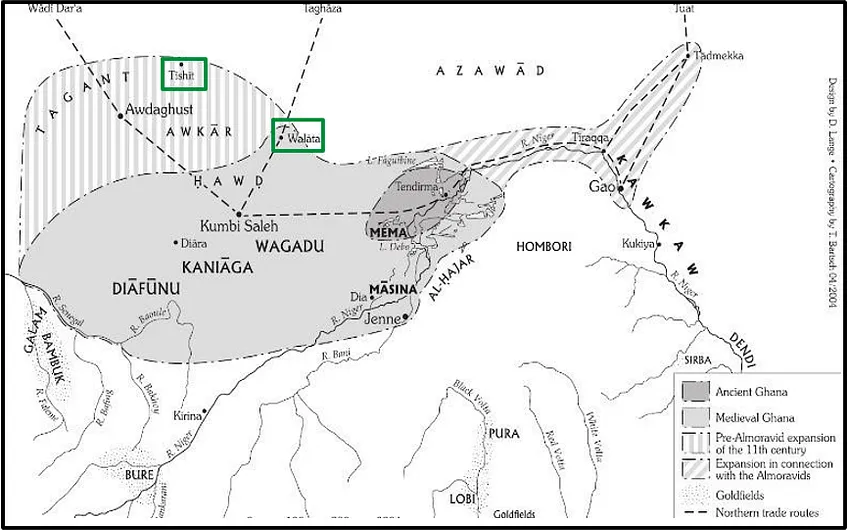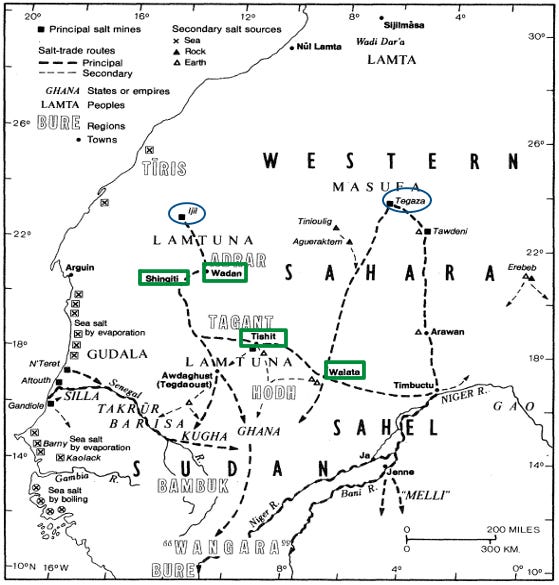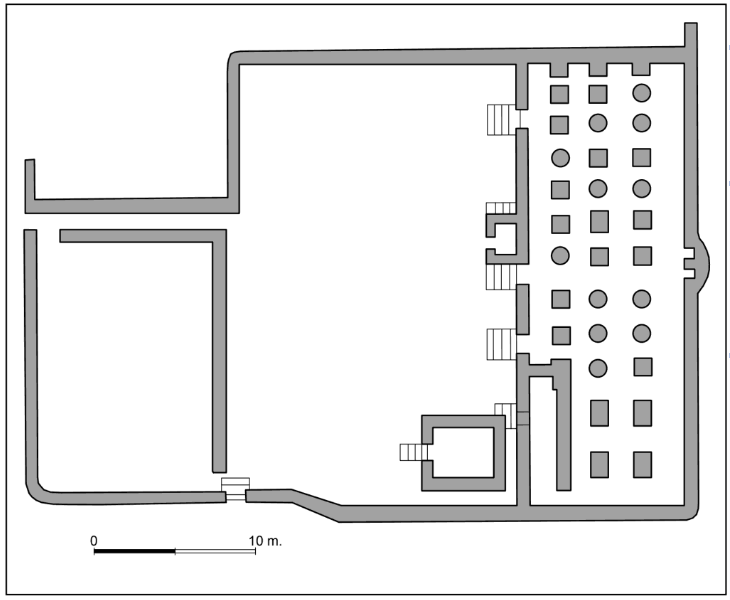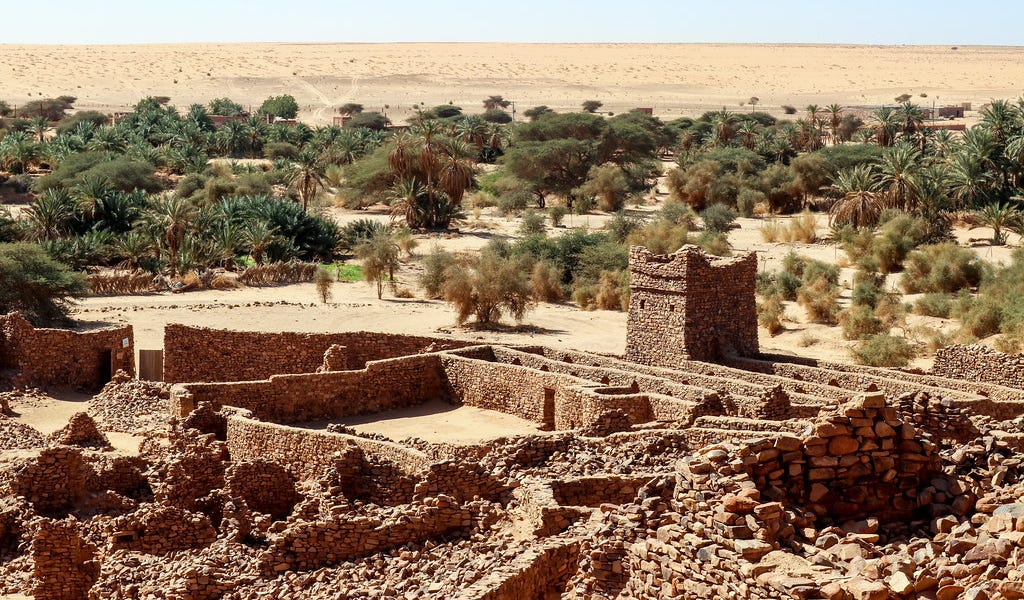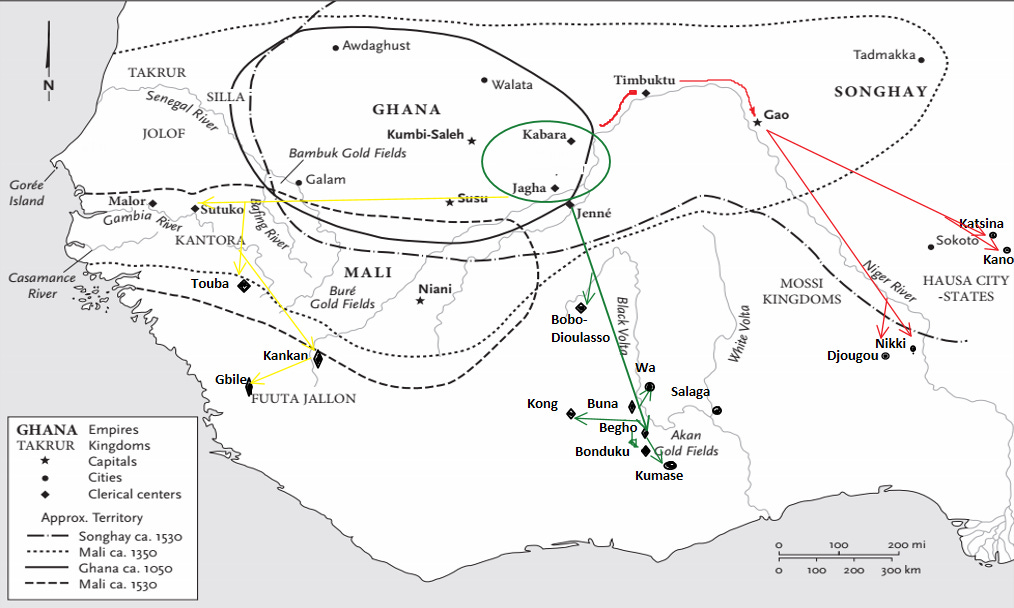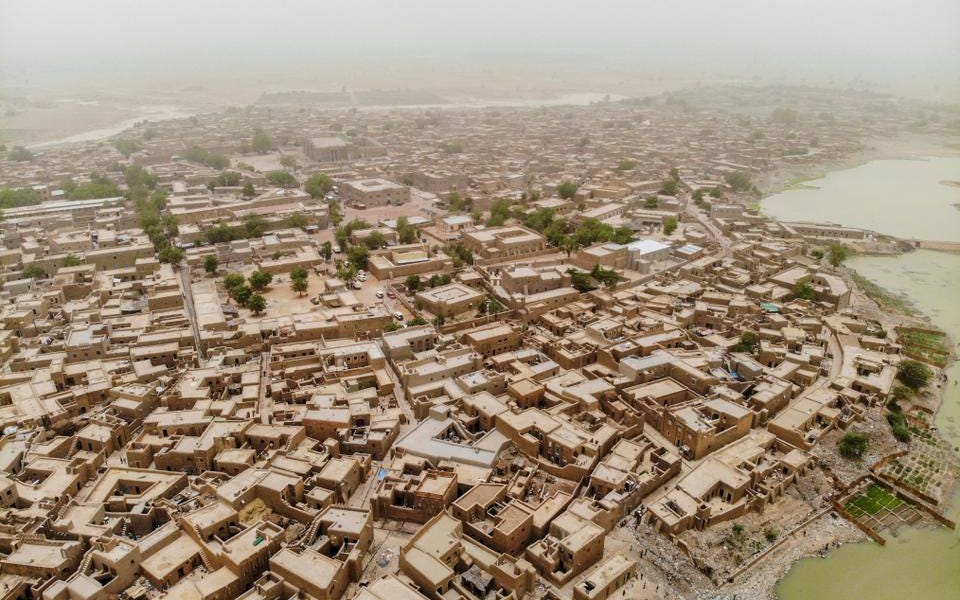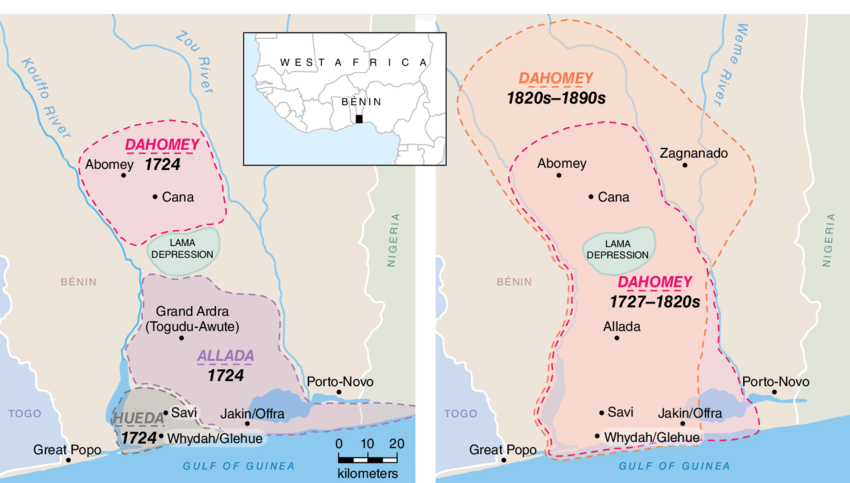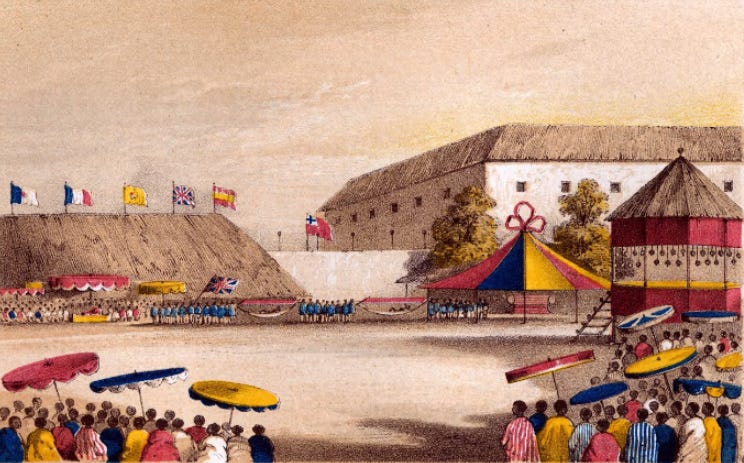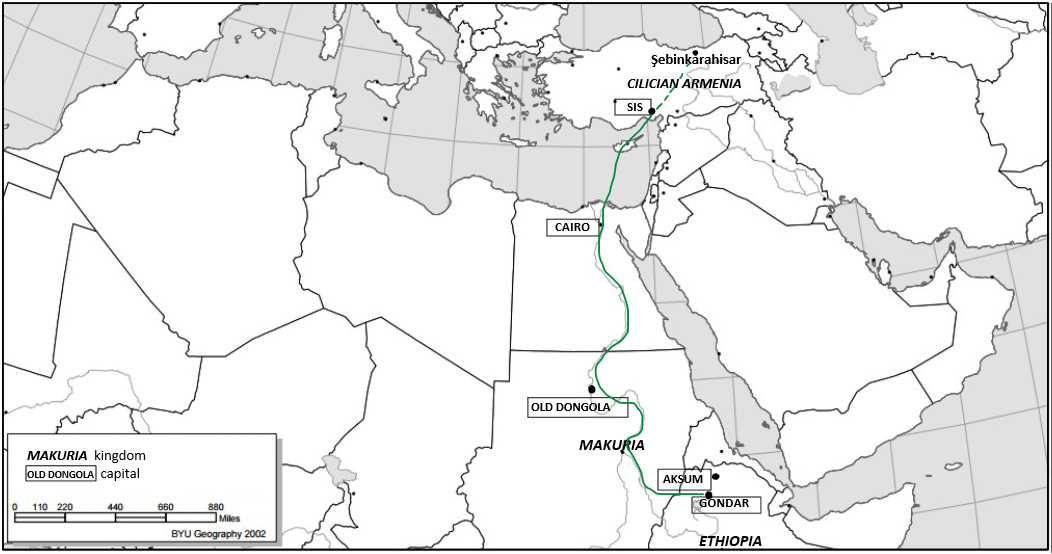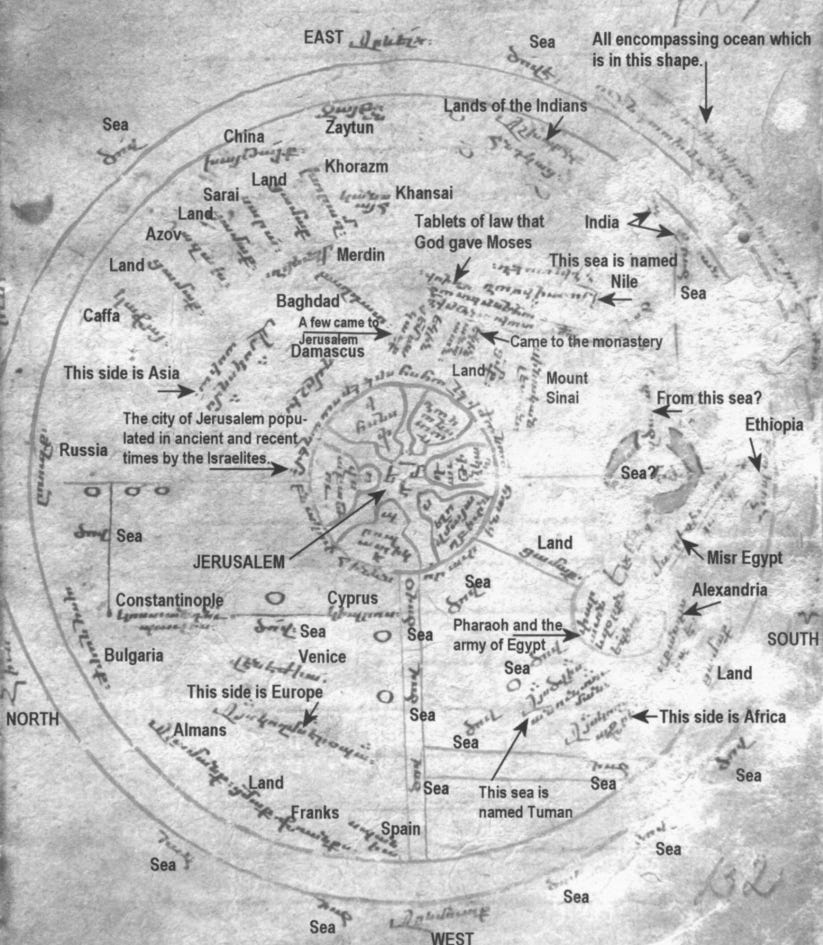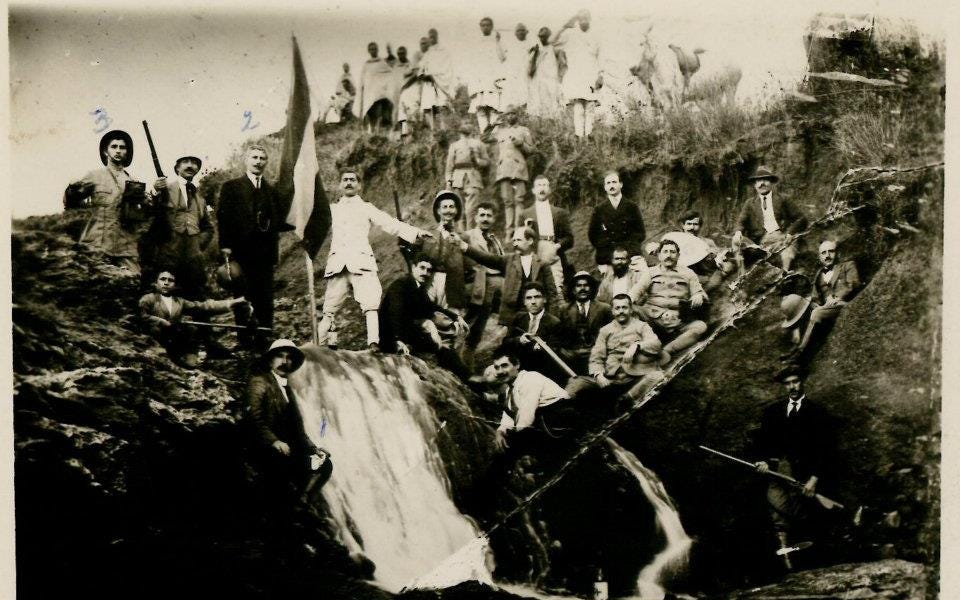Map of previously published Stone Age sites in Northern Botswana. Numbers refer to the site listing in SOM1. This does not include any grey literature/theses that are not available online. Numbered sites are listed in the map, unnumbered are too vague/cover too large an area to be precisely located on the map. Key to sites: 1. Rhino Cave, 2. Depression Shelter, 3. Divuyu, 4. Nqoma, 5. Unnamed shelters on Female Hill, 6. Tsodilo Shelter, 7. Tashrani, 8. Kudu Horn Shelter, 9. Ancestors' Cave, 10. White Paintings Shelter, 11. Greenstone Mine, 12. Corner Cave, 13. Savuti, 14. Northeast of Kachikau, 15. Mahopa, 16. ≠Gi, 17. !ubi, 18./dwichu, 19. Xaixai, 20. Gcwihaba Caves 21. !Ncumtsa Hills, 22. Toteng, 23. SW of Toteng, 24. Mogapelwa, 25. Old edge of Lake Ngami, 26. Kgwebe Hills, 27. Ngwanalekau Hills area, 28. Mabeleapudi ridge, 29. Kuke Pan, 30. Gemsbok Pan, 31. Ghanzi, 32. Buitsivango, 33. Mamuno, 34. Okwa River/Tswaane borehole, 35. Matlapaneng, 36. Lotshitshi, 37. Maun, 38. Samedupe Drift, 39. Makalamabedi Drift, 40. Bushman Pits, 41. Kudiakam Pan, 42. Ngxaishini Pan, 43. Northeast of Gweta, 44. Gweta, 45. Makgadikgadi Pans general area (all Stone Age sites from the New Mexico Kalahari Project are listed under this number), 46. Gutshaa Pan, 47. Rakops area, 48. Toromoja, 49. Toromoja I, 50. Gwi Pan West, 51. Xhorodomo Pan, 52. Kedia Hill, 53. Orapa Diamond Mine, 54. Lothlekane Well, 55. Inkowane Pan, 56. South Sua Pan, 57. Tshwane, 58. Nata River delta, 59. Nata, 60. Nata River, 61. Mantenge Shelter, 62. Domboshamba Ruin.
Map of newly-discovered Stone Age sites and scatters in northern Botswana. The Collaborative Program for San/Basarwa Research and Capacity Building (1999–2006) (purple), the Kalahari Silcrete Provenancing Project (2011) (yellow) and the Landscape Archaeology of the Kalahari Project (2016–2018) (green). The numbers refer to the site listing in SOM2. Numbers between 126-228 not listed on the map are located in dense swathe, shown in green, in north Ntwetwe Pan. Key to sites: 1-2. Southwest of Lake Ngami, 3. Small pan, southwest of Lake Ngami, 4. Magoagoa cattle post, 5. Flats north of Kareng, 6. Banks of Boteti River, 8. Kings Pool Camp, 9. Airstrip, south of Kings Pool Camp, 10. Access road to Duma Tau Lodge, 11. Makalamegi, along Boteti River, 12. Seokwane 3, 13. Seokwane, 14. Seokwane 12, 15. Rakops (East), 16. Rakops (North), 17. West side of new road – north of Kuke Gate, 18–19. Motabologa Hill, south of Sethitwa, 20. South of Motabologa Hill, 21. Along A3, south of Lake Ngami, 22–24. On A3, 30 km south of Sethitwa, 25. Shakawe, 26–27. West bank of Okavango Panhandle, 28. Quarry, near Shakawe airstrip, 29–30. LSA scatters, Female Hill, 31. On road to Nokaneng and east of Xangwa, 32. North of Tsau, 33. On old Thaoge watercourse, 34–36. North of Tsau, 37. South of Damara, 38. Old quarry near Makakung, 39. South of Makakung, 40. East of Kareng, 41. Eastern edge of Dautsa Flats, 42–44. Okwa Valley, 45. D'qae Qare San Lodge, 46. Quarry Hill, 47. Hills near Savuti Channel, 48. Saddle between Kudu Hills, 49–53. Near Bushman Hill Paintings, Savuti, 54. Washout, near Kareng, 55–57. Near Kareng, 58–59. Test excavation, ‘Canoe’ grooved stone, Female Hill, 60. Near Makakung, 61–62. North of Kareng, 63. South of Kareng, 64. Dautsa, 65. East of Dautsa, 66. Test site, Dautsa, 67–69. Semowane River course, 70. Near excavated site, south of Dzibui (Gwi) Pan, 71. Escarpment road south of Sua Pan, 72. Near Bothatogo, 73. Plateau south of Lake Ngami, 74. South bank of Lake Ngami, 75–77. West of Lake Ngami, near Bodibeng, 78. KNG5, near Kareng, 79. LSA finds, Molatu rock art site, 80–81. East of Bothatogo, 82. Shakawe quarry, 83–85. Xaudum valley, 86. Nxaunxau, 87. Xangwa village, 88. Dobe, 89. Dobe Pan, 90. South margin of Lake Ngami, 91–93. South margin of western end Lake Ngami, 94. Tale Pan, 95. Samedupe Drift, 96. West of Samedupe Drift Bridge, 97. Makalamabedi, 98. Motopi, 99. BOTE01, 100. BOTE02, 101. BOTE03, 102. BOTE04, 103. BOTE05, 104. BOTE06, 105. BOTEFS01, 106. BOTEFS02, 107. BOTEFS03, 108. BOTEFS04, 109. BOTEFS05, 110. BOTEFS06, 111. BOTEFS07, 112. BOTEFS08, 113. BOTEFS09, 114. BOTEFS10, 115. BOTEFS11, 116. BOTEFS12, 117. BOTEFS13, 118. BOTEFS14, 119. DZI01, 120. DZI02, 121. DZIFS01, 122. DZIFS02, 123. DZIFS03, 124. DZIFS04, 125. DZIFS05, 126. MAK01, 127. MAK02, 128. MAK03, 129. MAK04, 130. MAK05, 131. MAK06, 132. MAK07, 133. MAK08, 134. MAK09, 135. MAK10, 136. MAK11, 137. MAK12, 138. MAK13, 139. MAK14A, 140. MAK14B, 141. MAK14C, 142. MAK14D, 143. MAK14E, 144. MAK14F, 145. MAK14G, 146. MAK14I, 147. MAK14J, 148. MAK14K, 149. MAK14L, 150. MAK14M, 151. MAK14N, 152. MAK14O, 153. MAK15, 154. MAK16, 155. MAK17, 156. MAK18, 157. MAK19, 158. MAK20, 159. MAK21, 160. MAK22, 161. MAK23, 162. MAK24, 163. MAK25, 164. MAK26, 165. MAK27, 166. MAK28, 167. MAK29, 168. MAK30, 169. MAK31, 170. MAK32, 171. MAK33, 172. MAK34, 173. MAK35, 174. MAK36, 175. MAK37, 176. MAK38, 177. MAKFS01, 178. MAKFS02, 179. MAKFS03, 180. MAKFS04, 181. MAKFS05, 182. MAKFS06, 183. MAKFS07, 184. MAKFS08, 185. MAKFS09, 186. MAKFS10 (Sweetwater Pan), 187. MAKFS11 (Christian Pan), 188. MAKFS12, 189. MAKFS13, 190. MAKFS14, 191. MAKFS15, 192. MAKFS16, 193. MAKFS17 (Gweta Quarry), 194. MAKFS18, 195. MAKFS19, 196. MAKFS20, 197. MAKFS21, 198. MAKFS22, 199. MAKFS23, 200. MAKFS24, 201. MAKFS25, 202. MAKFS26, 203. MAKFS27, 204. MAKFS28, 205. MAKFS29, 206. MAKFS30, 207. MAKFS31, 208. MAKFS32, 209. MAKFS33, 210. MAKFS34, 211. MAKFS35, 212. MAKFS36, 213. MAKFS37, 214. MAKFS38, 215. MAKFS39, 216. MAKFS40, 217. MAKFS41, 218. MAKFS42, 219. MAKFS43, 220. MAKFS44, 221. MAKFS45, 222. MAKFS46, 223. MAKFS47, 224. MAKFS48, 225. MAKFS49, 226. MAKFS50, 227. MAKFS51, 228. MAKFS52, 229. NAT01, 230. NATFS01, 231. NATFS02, 232. NATFS03, 233. XORFS01, 234. XORFS02, 235. XORFS03, 236. XORFS04, 237. XORFS05, 238. XORFS06, 239. XORFS07. (For interpretation of the references to colour in this figure legend, the reader is referred to the Web version of this article.)
Overview of newly-discovered a) ESA, b) MSA and c) LSA and pastoralist sites from recent surveys in northern Botswana. The Collaborative Program for San/Basarwa Research and Capacity Building (1999–2006) (purple), the Kalahari Silcrete Provenancing Project (2011) (yellow) and the Landscape Archaeology of the Kalahari Project (2016–2018) (green). Details of sites in SOM2. (For interpretation of the references to colour in this figure legend, the reader is referred to the Web version of this article.)
From
Map of Botswana showing the locations of archaeological sites and geographic features mentioned in the text
From
"Interactions among Precolonial Foragers, Herders, and Farmers in Southern Africa" published on by Oxford University Press.

oxfordre.com
from
Archeology in Botswana
Early Iron Age in Botswana

















